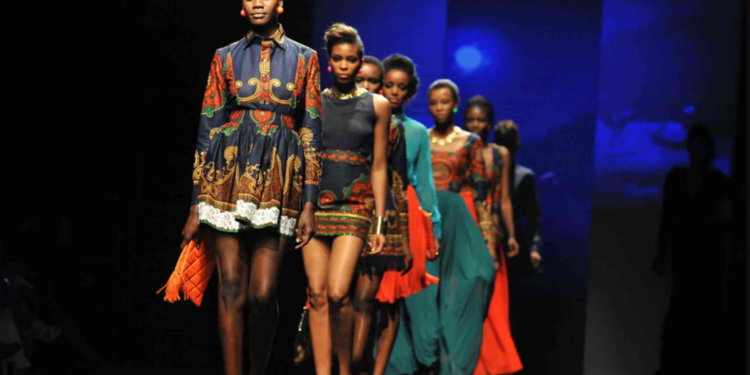Africa’s fashion export, valued at $15.5 billion, is poised to emerge as a global industry leader, driven by a growing demand for “Made in Africa” designs worldwide.
UNESCO’s recent report emphasizes Africa’s potential to lead the global fashion landscape. The continent stands as a significant producer of raw materials, with 37 out of 54 countries engaged in cotton production.
It annually exports textiles worth $15.5 billion while importing textiles, clothing, and footwear valued at $23.1 billion.
UNESCO Director-General, Audrey Azoulay, highlights the importance of Africa’s youthful population, projected to double by 2050.
- “The fashion industry serves as a powerful force for promoting cultural diversity, as well as empowering young people and women.”
A discernible trend for “Made-in-Africa” fashion is gaining momentum, particularly among the continent’s youth, representing 50% of the total population, and the expanding middle class, constituting over 35% of the population. Africa is also experiencing rapid growth in the digital sector, facilitating intra-African trade and nurturing emerging talent.
Omoyemi Akerele, Director of Lagos Fashion Week, cites the increasing consumer preference for products “Made in Africa,” viewed as symbols of pride and identity. However, to meet this rising demand, strengthening the entire production chain is imperative.
Africa possesses notable talent in haute couture, crafts, and clothing, as exemplified by the 32 annual Fashion Weeks. A 42% surge in demand for African haute couture is anticipated over the next decade.
Fashion’s growth across the continent extends to various areas, including the film industry, textiles, garments, accessories, and fine crafts, all deeply rooted in African culture.
The demand for African fashion brands is further propelled by the expanding e-commerce sector, as highlighted in the UNESCO report.
More insight
In the current landscape, metropolises like Abidjan, Casablanca, Dakar, Johannesburg, Lagos, and Nairobi have emerged as central hubs for fashion, design, finance, and commerce.
Moreover, several other cities and regions across the continent are experiencing substantial growth in the fashion industry, spanning from raw material production to textiles and accessories.
Nonetheless, the African fashion sector grapples with persistent challenges that hinder it from realizing its full potential.
These obstacles encompass a chronic lack of investment and infrastructure, limitations in educational and training systems, inadequate intellectual property protection, and difficulties in accessing new markets and sourcing quality materials at cost-effective rates.

















